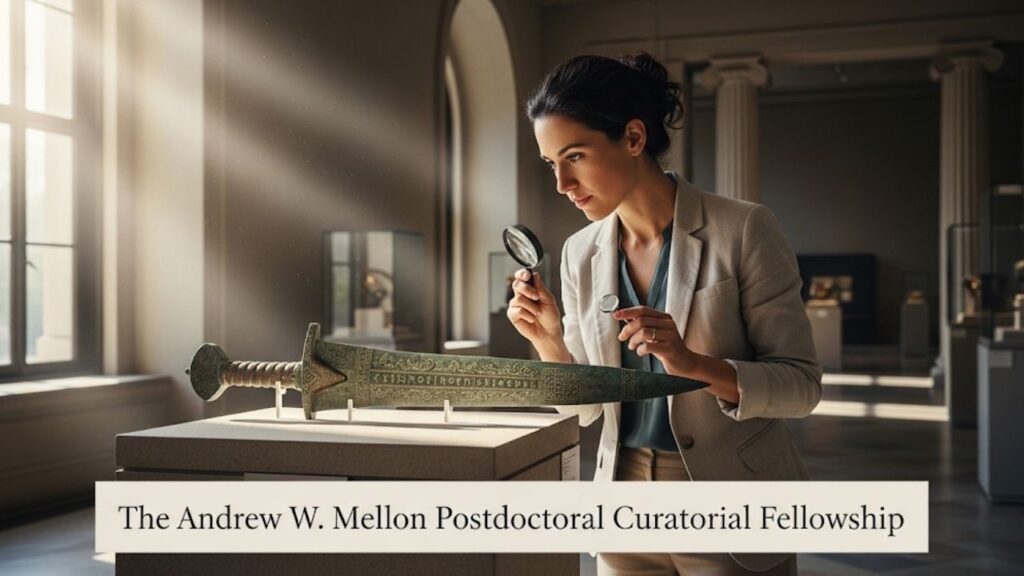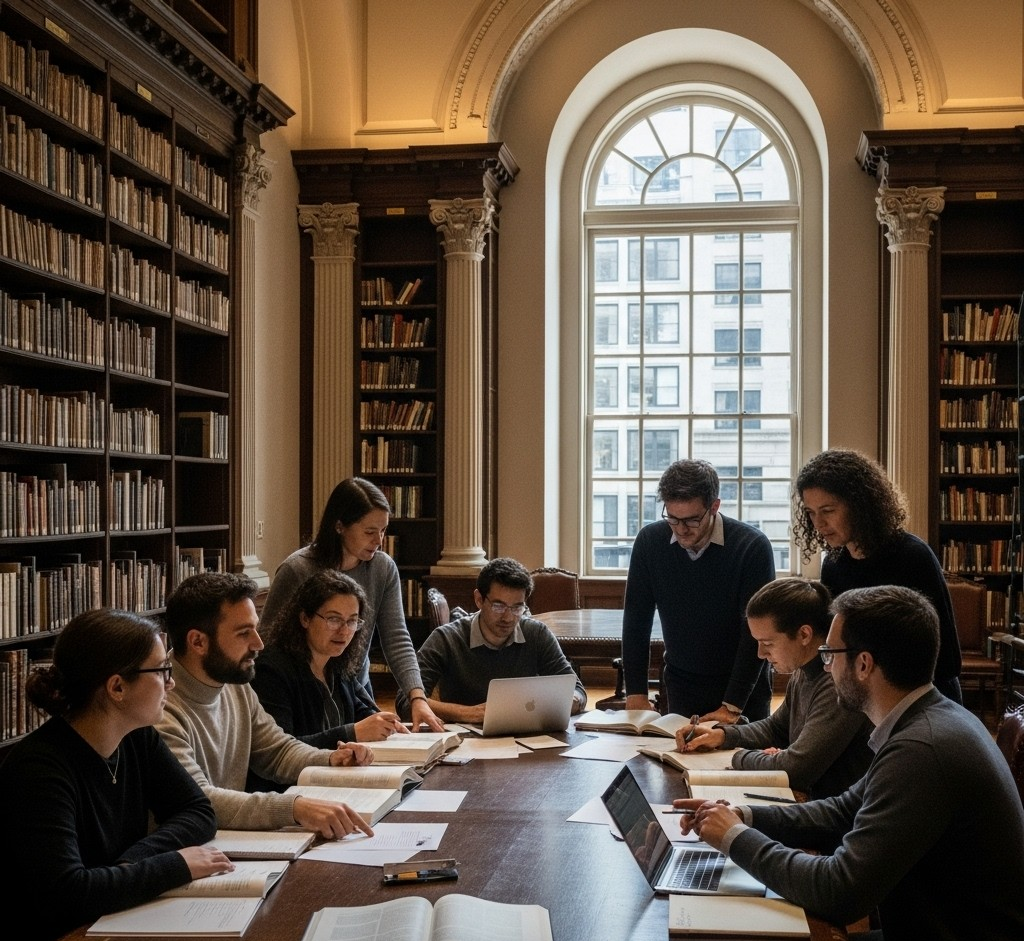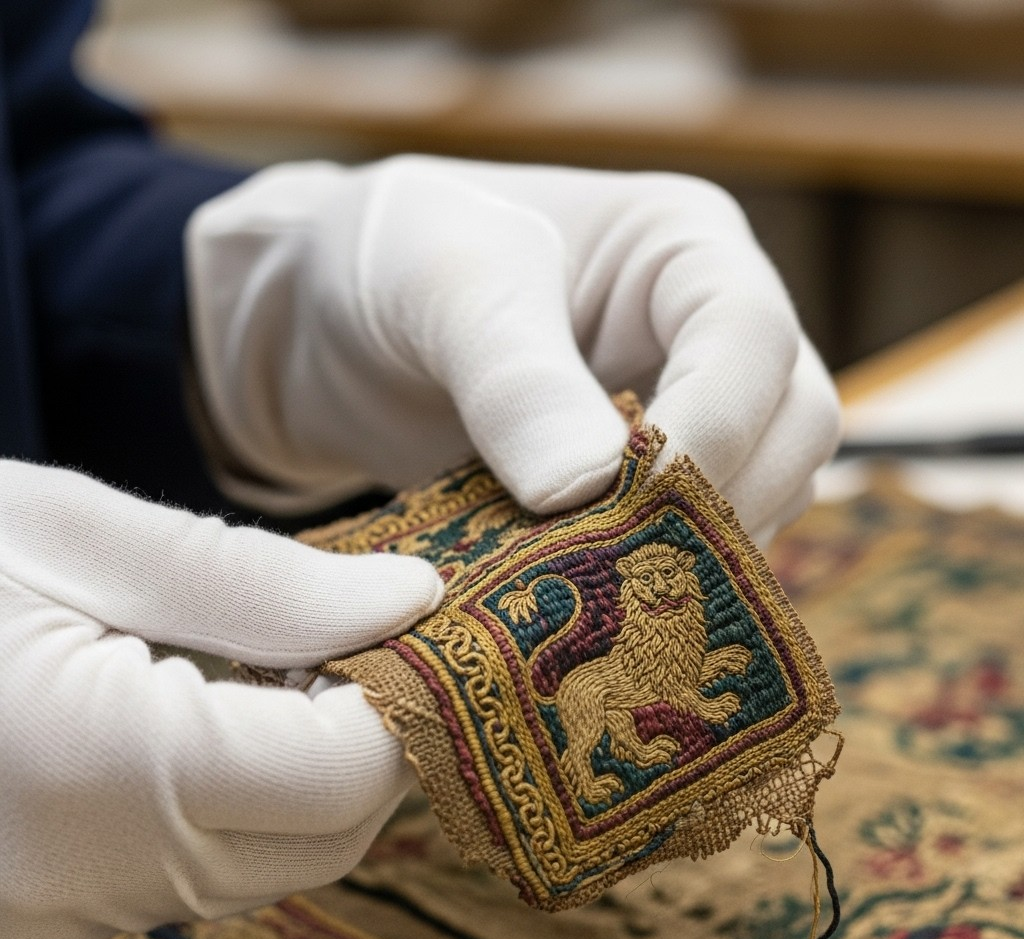The Andrew W. Mellon Postdoctoral Curatorial Fellowship at The Metropolitan Museum of Art is more than just a prestigious line on a CV—it’s a career-defining launchpad into the world of museum curation. For emerging art historians and scholars, securing this two-year position can feel like the ultimate goal. But navigating the application process can be daunting. This guide is designed to demystify the journey, providing you with a clear, actionable roadmap to craft a compelling application and turn your dream of working at The Met into a reality.

Andrew W. Mellon Postdoctoral Curatorial Fellowship
| Key Detail | Information |
| Application Deadline | Typically early November of the preceding year (e.g., November 2025 for the 2026 term). |
| Fellowship Duration | 24 consecutive months (September 1, 2026–August 31, 2028). |
| Annual Stipend | Varies by year; historically competitive (e.g., $73,789 in the 2024-25 cycle). |
| Eligibility Snapshot | Ph.D. in art history or a related field awarded within the last five years. |
The Andrew W. Mellon Postdoctoral Curatorial Fellowship is undoubtedly competitive, but it is also an achievable goal for the right candidate. It requires a blend of scholarly rigor, creative vision, and a genuine passion for sharing art with the public. By focusing on a specific, collection-based project and meticulously preparing each component of your application, you can present yourself as the promising, museum-minded scholar The Met is looking for. The Met’s Offi cial Fellowships Page.
What Exactly Is the Mellon Postdoctoral Curatorial Fellowship?
Think of this fellowship as an apprenticeship for the world’s most promising museum curators. It’s an immersive, two-year program designed to bridge the gap between academic research and the hands-on, dynamic work of a museum professional. The core mission is to foster the next generation of curatorial leaders by providing them with unparalleled access and mentorship within one of the globe’s leading art institutions.
Unlike a purely academic post, this fellowship places you directly within one of The Met’s curatorial departments. You won’t just be in the library; you’ll be in the galleries, the storage vaults, and the exhibition planning meetings. You will work alongside a senior curator, contributing to:
- Exhibition Development: From concept to installation.
- Collection Research: Uncovering the stories behind the objects.
- Acquisitions and Deaccessioning: The process of growing and refining the museum’s collection.
- Public Engagement: Writing gallery texts, giving talks, and sharing your expertise.
Are You Eligible? Key Requirements for the 2026-2028 Cycle
Before you invest hours into your application, it’s crucial to confirm you meet the strict eligibility criteria. The Met is looking for a specific profile, and meeting these baseline requirements is non-negotiable.

Academic Standing
The fellowship is for those who have recently completed their doctoral studies. Typically, applicants must have received their Ph.D. in art history or a closely related field (such as archaeology or conservation) within the five years prior to the fellowship’s start date. For the 2026-2028 cycle, this generally means your degree must have been conferred between late 2020 and the summer of 2026.
Research Focus and Departmental Fit
Your academic background and research interests must align with one of The Met’s curatorial departments. The museum has over a dozen departments, from Egyptian Art to Modern and Contemporary. It is not enough to have a general interest; your proposed project must demonstrate a deep and specific connection to a part of the museum’s vast collection. The Met’s official fellowship page lists the departments that are hosting fellows for the upcoming cycle, so be sure to check that list first.
Crafting Your Winning Application: A Step-by-Step Breakdown
A successful application is a masterclass in storytelling—it tells the committee who you are as a scholar, what you want to achieve, and why The Met is the only place you can do it. In my experience advising applicants, the most compelling proposals are those that don’t just showcase academic brilliance, but also a deep, tangible passion for the museum’s specific collection.
1. The Research Proposal: The Heart of Your Application
This is where you make your case. Your proposal (typically around 1,000 words) should be a clear, concise, and exciting outline of the research you intend to conduct at the museum. A winning proposal does three things:
- Identifies a Gap: It clearly articulates a specific research question or project related to a set of objects in The Met’s collection.
- Demonstrates Feasibility: It outlines a realistic two-year plan for research, potential exhibitions, or publications.
- Proves “Why The Met”: It explains why this research can only be done with access to The Met’s specific holdings, resources, and curatorial expertise.
Pro-Tip: Before writing, spend significant time exploring The Met’s online collection. Identify specific objects, study the curatorial department’s recent publications and exhibitions, and even name the curator you hope to work with.
2. Your Curriculum Vitae (CV)
Your CV should be tailored to highlight experiences relevant to a curatorial career. Go beyond your publications and conference presentations. Emphasize any experience with:
- Exhibition assistance
- Museum internships or volunteering
- Archival research or object handling
- Digital humanities projects
- Public speaking or teaching
3. The Writing Sample
Choose a writing sample that showcases your best scholarly work. This is often a dissertation chapter or a published academic article. The ideal sample demonstrates your ability to write clearly, conduct rigorous original research, and engage with art objects in a compelling way. Ensure it’s polished and error-free.
4. Securing Strong Letters of Recommendation
Your letters of recommendation are crucial. Choose three recommenders who know you and your work intimately. Your dissertation advisor is an obvious choice, but also consider a professor, museum professional, or mentor who can speak to your potential as a curator. Give them plenty of notice (at least one month) and provide them with your research proposal and CV so they can write a specific, detailed letter.
Life as a Mellon Fellow at The Met
So, what is it actually like? The two years are an intensive period of professional and intellectual growth. You’ll be integrated into the daily life of your department, attending meetings, collaborating on projects, and contributing your voice to scholarly discussions.

Beyond your specific project, the fellowship program includes a series of enrichment activities, such as workshops on museum practice, lectures from visiting scholars, and travel opportunities for research. You’ll be part of a cohort of brilliant fellows from various disciplines, creating a built-in network of peers that often lasts a lifetime.
Tips from the Inside: Maximizing Your Chances
I’ve seen many applicants stumble by submitting a generic proposal. The key is to demonstrate you’ve done your homework on a specific curator and department at The Met.
- Be Specific: Don’t just say you want to work in the “European Paintings” department. Name the artists, the time period, and the specific paintings you plan to research. Mention the curators whose work you admire and explain why.
- Network (Thoughtfully): While cold-emailing a senior curator might not always be effective, connecting with former fellows on professional networks like LinkedIn can provide invaluable insight into the experience and application process.
- Show, Don’t Just Tell: Instead of saying you have “excellent research skills,” describe a specific archival discovery you made and its impact on your dissertation. Let your accomplishments speak for themselves.
- Proofread Until Your Eyes Hurt: Typos and grammatical errors suggest a lack of care and professionalism. Your application must be flawless. Have multiple people read it over before you hit submit.
MA in Development Management Scholarship 2026 at Ruhr University Bochum
Your Ultimate Guide to the CRADLE Scholarship 2026 at Deakin University
FAQs
Q1:Can international scholars apply for the fellowship?
Yes, The Met’s fellowships are open to scholars from all over the world. The museum will sponsor the necessary J-1 visa for successful international applicants.
Q2:What is the stipend and what does it cover?
The annual stipend is intended to cover living expenses. While generous, remember that New York City is an expensive place to live. The fellowship also includes a travel allowance for research-related trips. Full details are usually provided in the official call for applications.
Q3:Is there a possibility of employment at The Met after the fellowship?
While the fellowship is a fixed two-year term and does not guarantee future employment, it is one of the best ways to position yourself for a curatorial career. Many former fellows go on to secure positions at The Met and other major museums worldwide.
Q4:Can I apply with a proposal that connects to multiple departments?
It’s generally advised to tailor your proposal to a single, primary department to show focus. However, if your project is genuinely interdisciplinary and has strong, clear connections to a second department, you can note this in your proposal. The key is clarity and a well-defined project scope.






